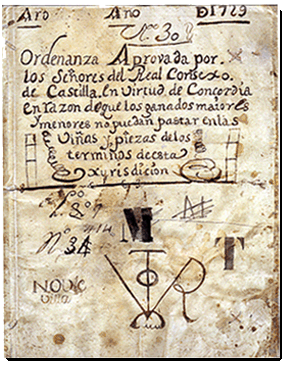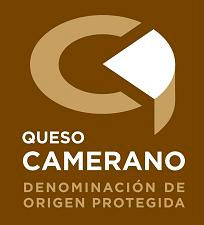The product over the years
The milk from these goats was the raw material for making Camerano cheese, since originally in a subsistence economy, highland families usually had a goat to provide milk for the family to drink and any left over was turned into cheese. The goats were also milked during the time they spent in the valley and any milk which was not sold was made into cheese.
This cheese was mainly eaten while still fresh, but in order to conserve it for longer periods it was put into oil or underwent a maturing process.
Milk is a perishable product and the goatherds of the time were able to conserve their milk in the form of cheese. So-called fresh cheese was eaten early while the matured or cured type of Camerano cheese served as a source of nourishment for times when less milk was produced.
A fundamental aspect in preserving these cheese making methods was that of the monasteries, monks and religious orders. At the start of the 13th century the Monastery of Herrera was set up near Haro, and this gave rise to endless lawsuits between the monks and the vine growers due to the damage caused by their goats to vines and other crops. Already in 1729, in the reign of Philip V, the Lords of the Royal Council of Castile passed an Order whereby it was forbidden for flocks to graze within the town boundaries of Haro.
“Order approved by
The Lords of the Royal Council
of Castile. By virtue of Agreement
that small and large livestock
may not graze in the
vineyards and plots within
the boundaries of
his jurisdiction”

The sale of cheese not only had its own market, it was also collected by intermediaries who were known as “egg-men” or “goat-men” who used to pass once or twice per week to collect the produce and take it to the traditional markets in the city.
The abandonment of the mountain villages, the prohibition of grazing by goats for a long time in areas being resettled, and the trend towards keeping cows instead of goats led to a decline in this type of husbandry. .
